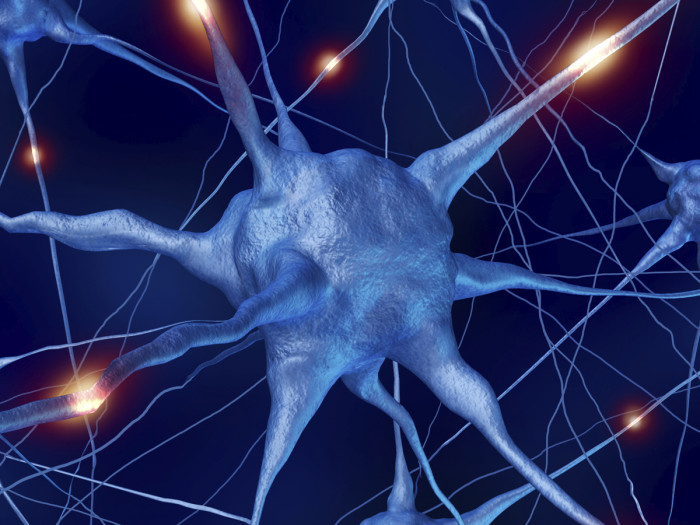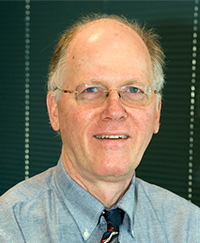Major project maps brain’s wiring
Washington University School of Medicine researchers and colleagues are leading a 5-year, $30 million project to map the connections in the human brain

The brain is among the most complex structures known. Each human brain contains approximately 90 billion neurons (more than 10 times the number of people on Earth), which transmit information across roughly 150 trillion cell-to-cell connections known as synapses.
Scientists at Washington University School of Medicine and the University of Minnesota are leading an unprecedented 5-year, $30 million effort to map these complex connections. Their collaboration is known as the Human Connectome Project (HCP).
“Our work is having a major impact on our understanding of the healthy adult human brain,” says HCP principal investigator David Van Essen, PhD, Alumni Endowed Professor of Anatomy and Neurobiology at Washington University. “It will also enable future projects that probe what changes in brain circuits underlie a broad variety of disorders, such as autism and schizophrenia.”
Detailed data from scans
The researchers released their first major set of brain and behavioral data in early 2013, taken from 68 subjects. This initial release is an important milestone, they say, because the new data provides much more detail than data obtained by conventional brain scans. Scientists plan to study a total of 1,200 individuals.
Thirty-three faculty and a total of more than 100 researchers and technical staff at nine institutions are contributing to the HCP. Using powerful, custom-built brain scanners, a supercomputer, new brain analysis techniques and other state-of-the-art resources, they are tracing the anatomical “wires” that connect thousands of different regions of the human brain.
The project is funded by 16 institutes and centers of the National Institutes of Health via its Blueprint for Neuroscience Research.
Brain scans of volunteer subjects are taking place at Washington University, the University of Minnesota and Saint Louis University.
Twin studies
Much of the project will focus on the cerebral cortex, the wrinkled sheets of tissue on both sides of the brain, where the most complex mental functions are carried out. If spread out flat, the cerebral cortex of each brain hemisphere would be about 14 inches across, or the size of a medium pizza.

The wrinkles and folds of each person’s cortex, the shape and size of other brain structures, and the wiring of individual brain circuits vary significantly. To better understand this variability and its genetic underpinnings, Van Essen and his colleagues plan to recruit and study 1,200 volunteers, from families with twins and siblings of twins.
“Comparing identical twins to non-identical twins and siblings helps us understand what aspects of brain circuitry may be inherited,” he explained. “It will also let us start linking various genes to specific aspects of brain circuitry.”
All the information produced by the HCP will be freely shared with the research community. Van Essen estimates the project will produce about 1 petabyte, or 1 quadrillion (1,000,000,000,000,000) bytes of data.
According to Van Essen, as information about how brain circuits are normally connected reaches a critical mass, scientists can begin to use that data to study how differences in those connections contribute to differences in human behavior.
Understanding brain disorders
“The work we are doing now will allow us to eventually study abnormal brain circuits in complex disorders such as autism and schizophrenia,” says Van Essen. “It may also help us understand why treatments for those disorders work or fail.”
President Barack Obama has recently proposed the Brain Research through Advancing Innovative Neurotechnologies (BRAIN) Initiative to better understand the brain.
“The President’s proposal offers a tantalizing opportunity to accelerate progress in understanding the brain by developing novel approaches to characterizing brain structure, function and connectivity,” Van Essen said. “The gains that can be achieved by technology investments of this type are exemplified by the Human Connectome Project, which has already made important advances in how we acquire, analyze, visualize and share information about brain circuits in healthy adults.”







